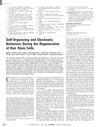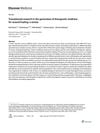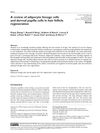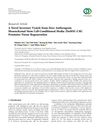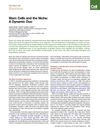Regenerative Medicine Meets Mathematical Modelling: Developing Symbiotic Relationships
April 2021
in “
npj Regenerative Medicine
”
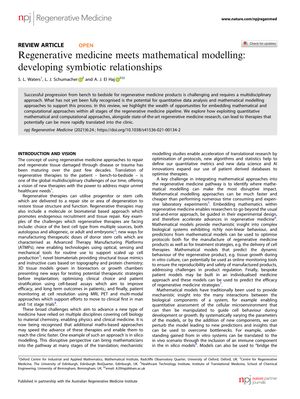
TLDR Mathematical modeling can improve regenerative medicine by predicting biological processes and optimizing therapy development.
The document reviews the potential benefits of integrating mathematical modeling with regenerative medicine to enhance the development and application of cell-based therapies. It suggests that mathematical models can predict complex biological processes, optimize experimental designs, and improve the efficiency of translating therapies from the laboratory to clinical settings. The review provides examples of how modeling has been used to understand tissue regeneration, such as the effects of cell number and type on cartilage repair, and the behavior of hair follicle regeneration. It emphasizes the need for interdisciplinary collaboration to address challenges like the development of theoretical models and the acquisition of experimental data for model calibration. The document also notes the utility of models in designing bioreactors and scaffolds for tissue engineering, and it underscores the importance of computational tools in regenerative medicine research across various species and contexts.

